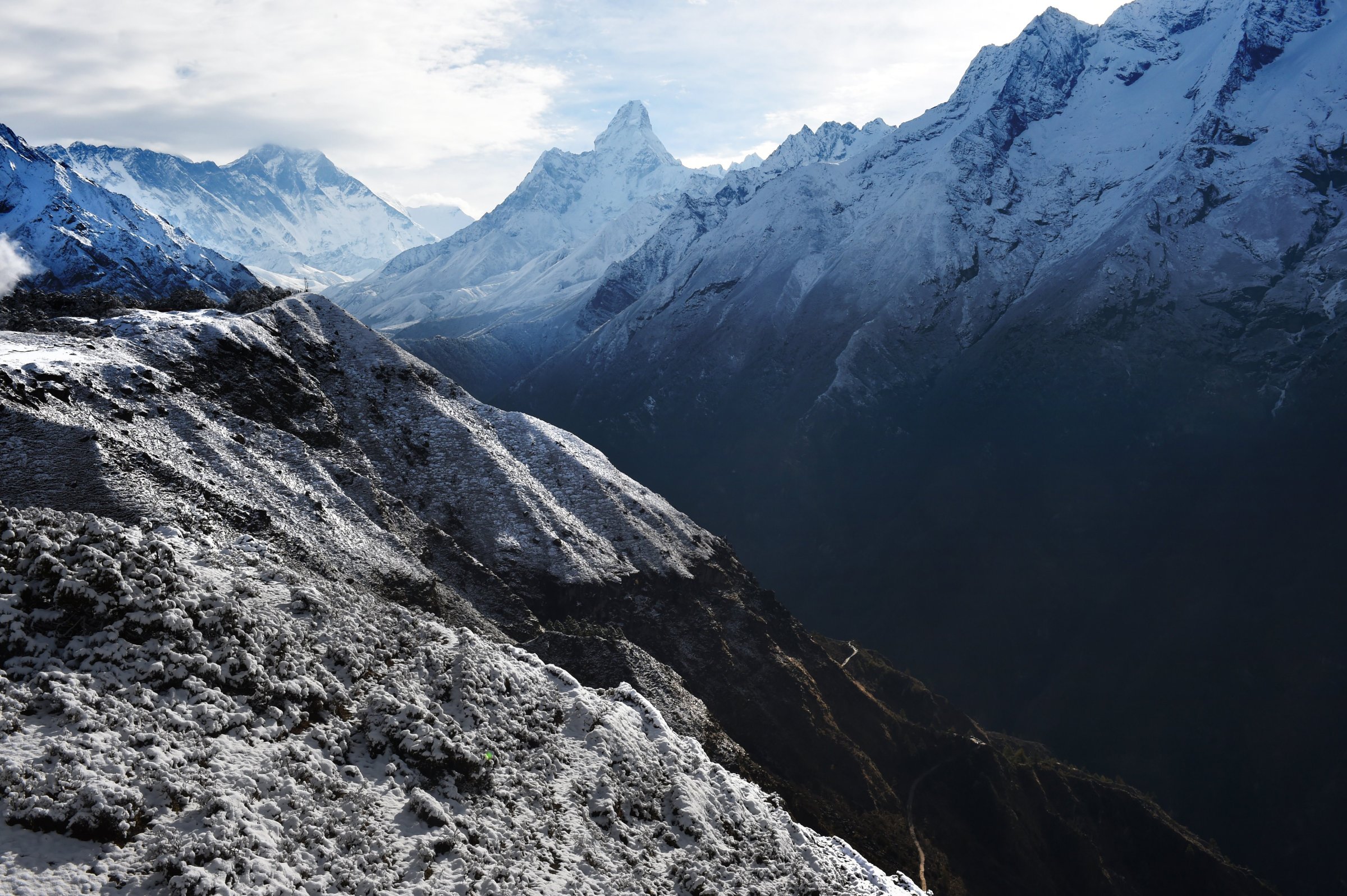
“We are pleased to inform you that Nepal is now safe to visit,” reads an email from Adventure Mountain Explore Treks & Expedition (AME treks) sent out on Wednesday. “If you have already booked your holiday or you are planning to, we welcome you with an open heart.”
The message from the Kathmandu-based mountaineering and sightseeing organizers represents a larger plea from the small Himalayan nation, as it continues to pick itself up from the devastating April 25 earthquake that claimed over 7,000 lives thus far.
“Nepal is very safe to travel,” said AME executive director Tika Regmi. “Life is back to normal.”
The 7.9-magnitude quake laid waste to large swaths of Nepal’s capital Kathmandu (including several iconic heritage sites) and entire villages across the countryside have been flattened, but companies and officials alike insist visiting the country is now more important than ever.
The quake came during Nepal’s summer trekking season, and its aftermath and gradual recovery will undoubtedly affect this year’s peak autumn trekking expeditions beginning in September — bookings for which Regmi says are already starting to be canceled.
Despite Nepal’s peerless natural beauty — boasting eight of the 10 highest mountains in the world — and ancient temples and palaces, this landlocked nation of 30 million only receives around 600,000 visitors a year, making tourism a key potential avenue for growth.
Ganga Sagar Pant, CEO of the Trekking Agencies Association of Nepal (TAAN), says there is no reason for Nepal’s tourism — currently contributing around 10% of GDP and jobs — to grind to a halt. “The world must go on,” he said. “The tourism products are still there — mountains, flora and fauna, jungles, trails.”
Pant says TAAN is planning “assessment” expeditions to popular trekking sites like the Mount Everest circuit, the Annapurna region (which includes the 10th highest mountain in the world) and the Langtang National Park in the weeks to come, so a more concrete picture of the earthquake’s impact can be formed.
MORE: 6 Ways You Can Give to Nepal Earthquake Relief
Nepal’s government is also in the process of collecting data on loss of infrastructure and damage to heritage sites and popular trekking paths. “But there are many other areas which could be new tourism products and destinations, so our focus is on that as well,” says Mohan Krishna Sapkota, spokesperson for Nepal’s Ministry of Tourism, Culture and Civil Aviation. “Our priority is to bring more tourists and provide them quality, safety, hospitality and other services to their satisfaction,” he says, expressing a desire to re-establish Nepal as a “safe, unique and attractive tourist destination.”
All three men — Regmi, Pant and Sapkota — insist that Nepal remains safe and urge people to come visit. The benefits are especially positive if visitors reside in homestays and frequent independent restaurants and shops.
“People from around the world are willing to help in this situation,” says Pant. “One important and sustainable way to do that is to help tourism here flourish again.”
Witness the Aftermath of Nepal's Devastating Earthquake
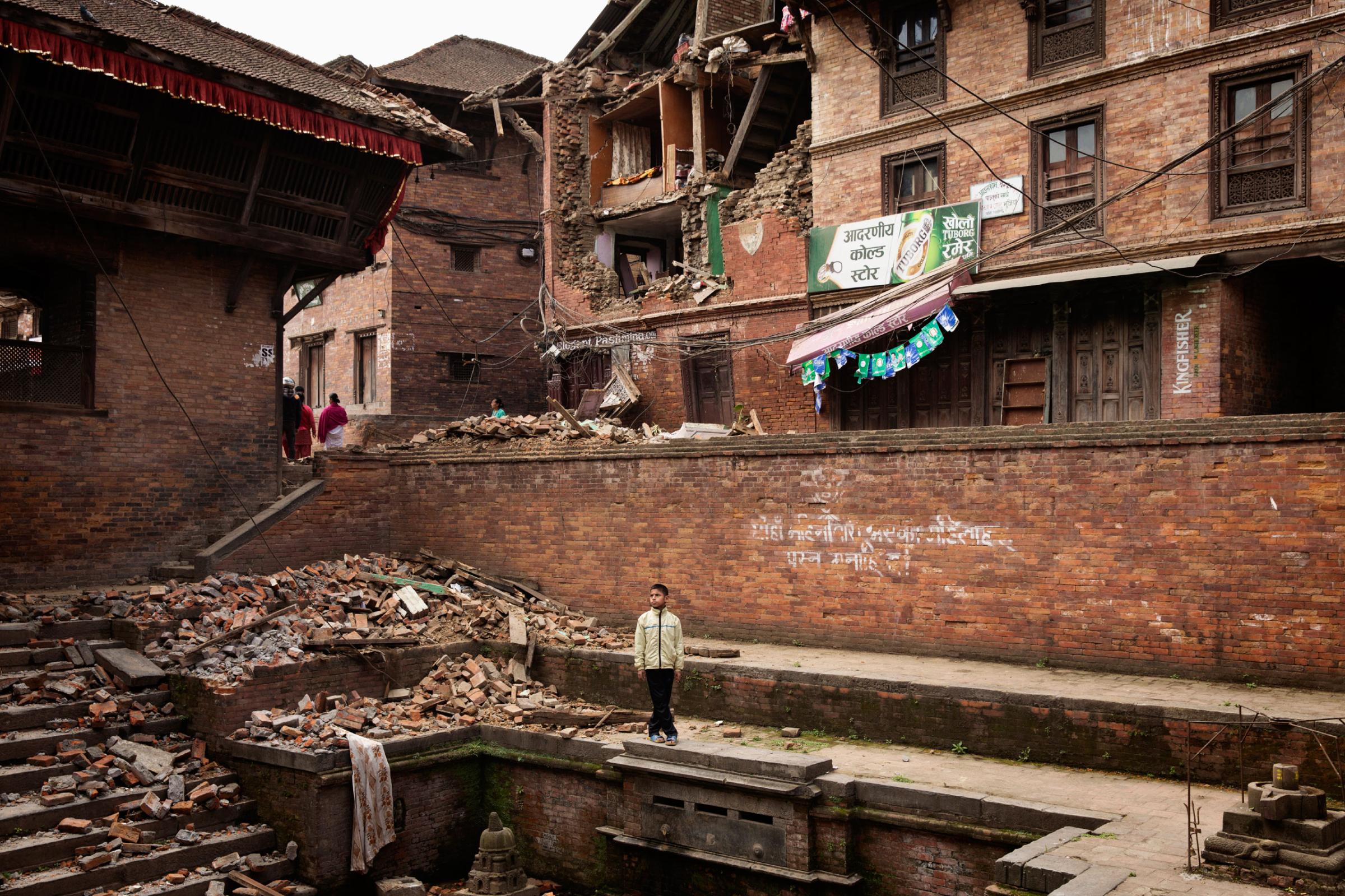
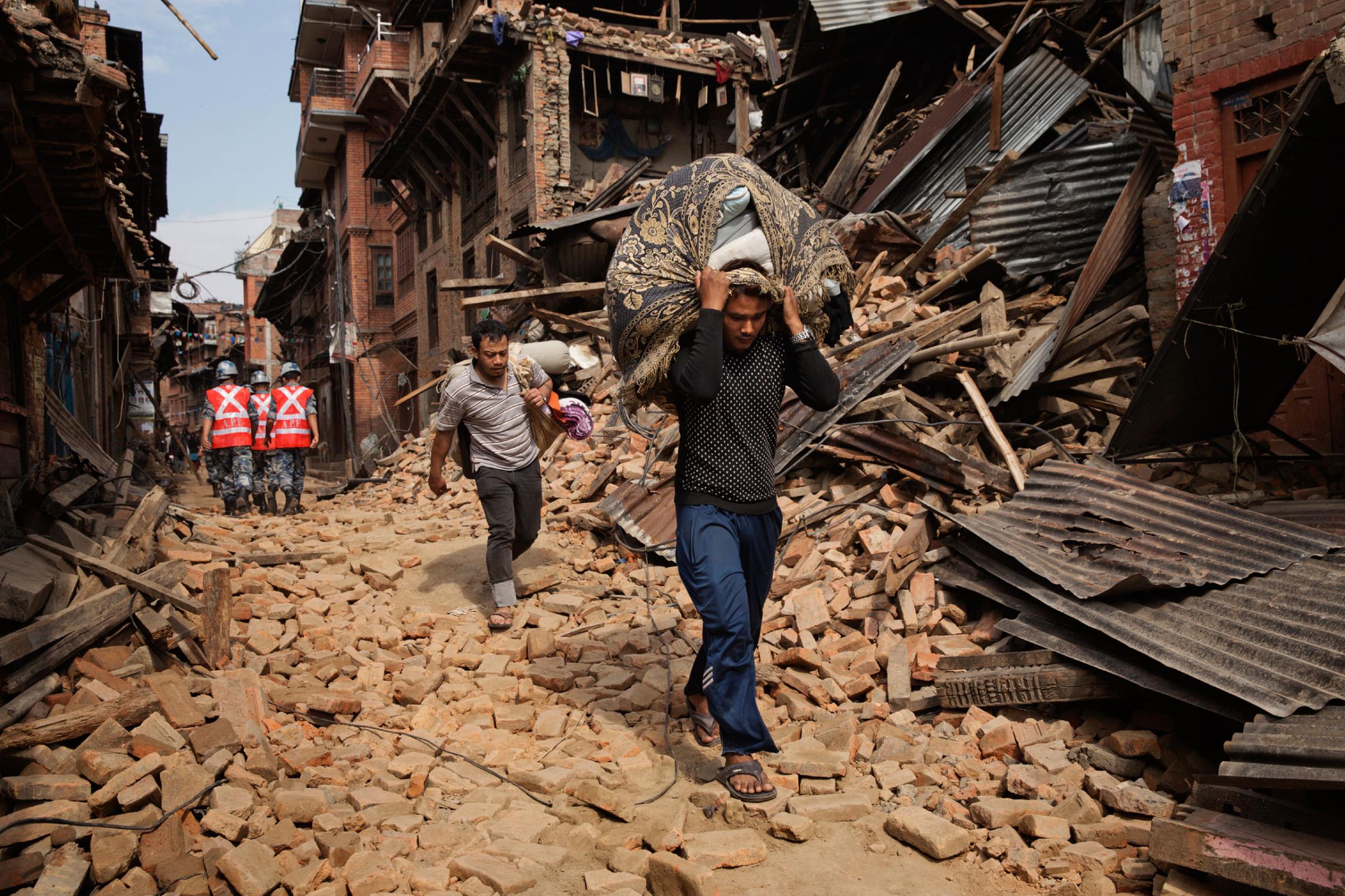
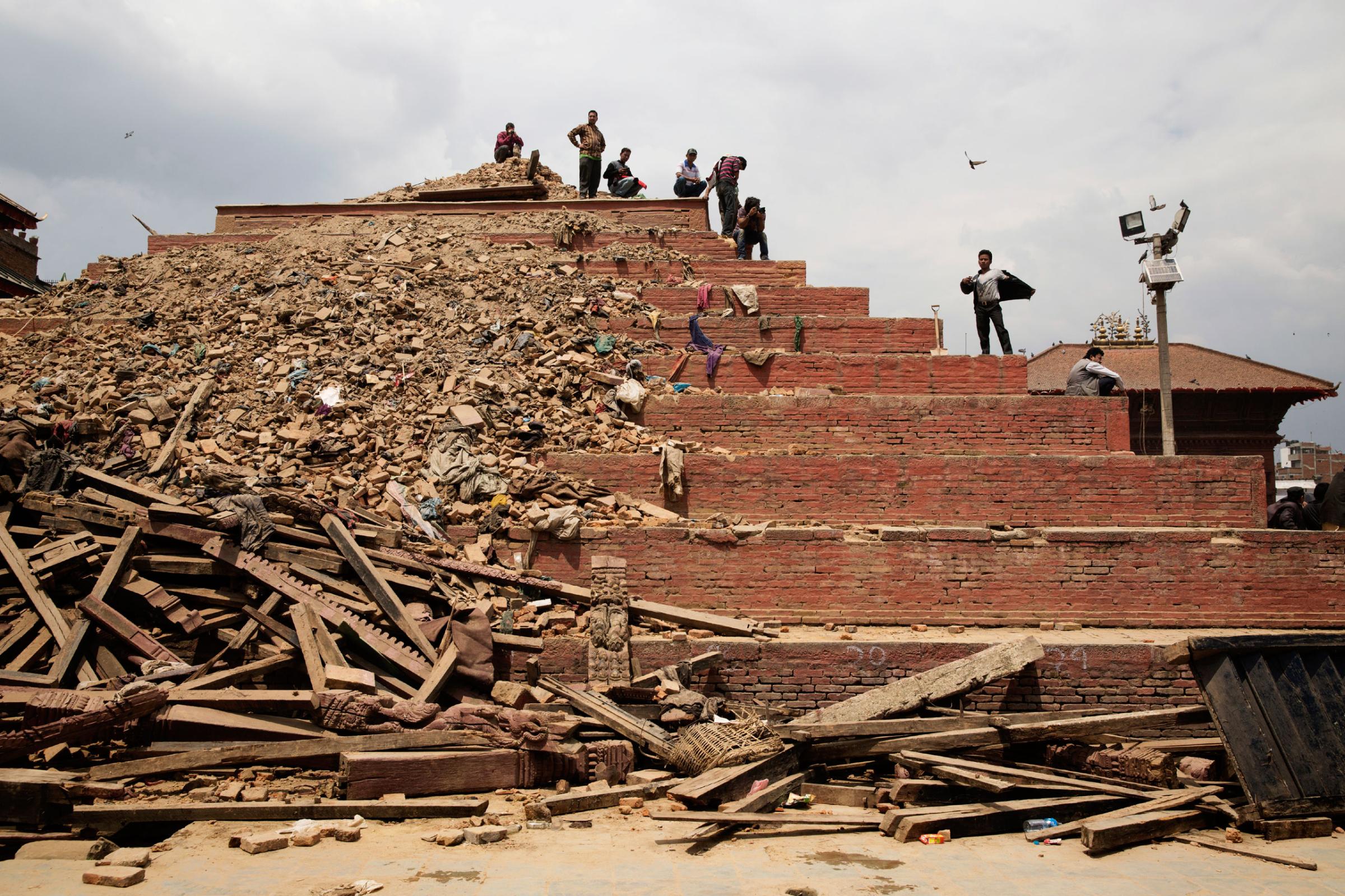
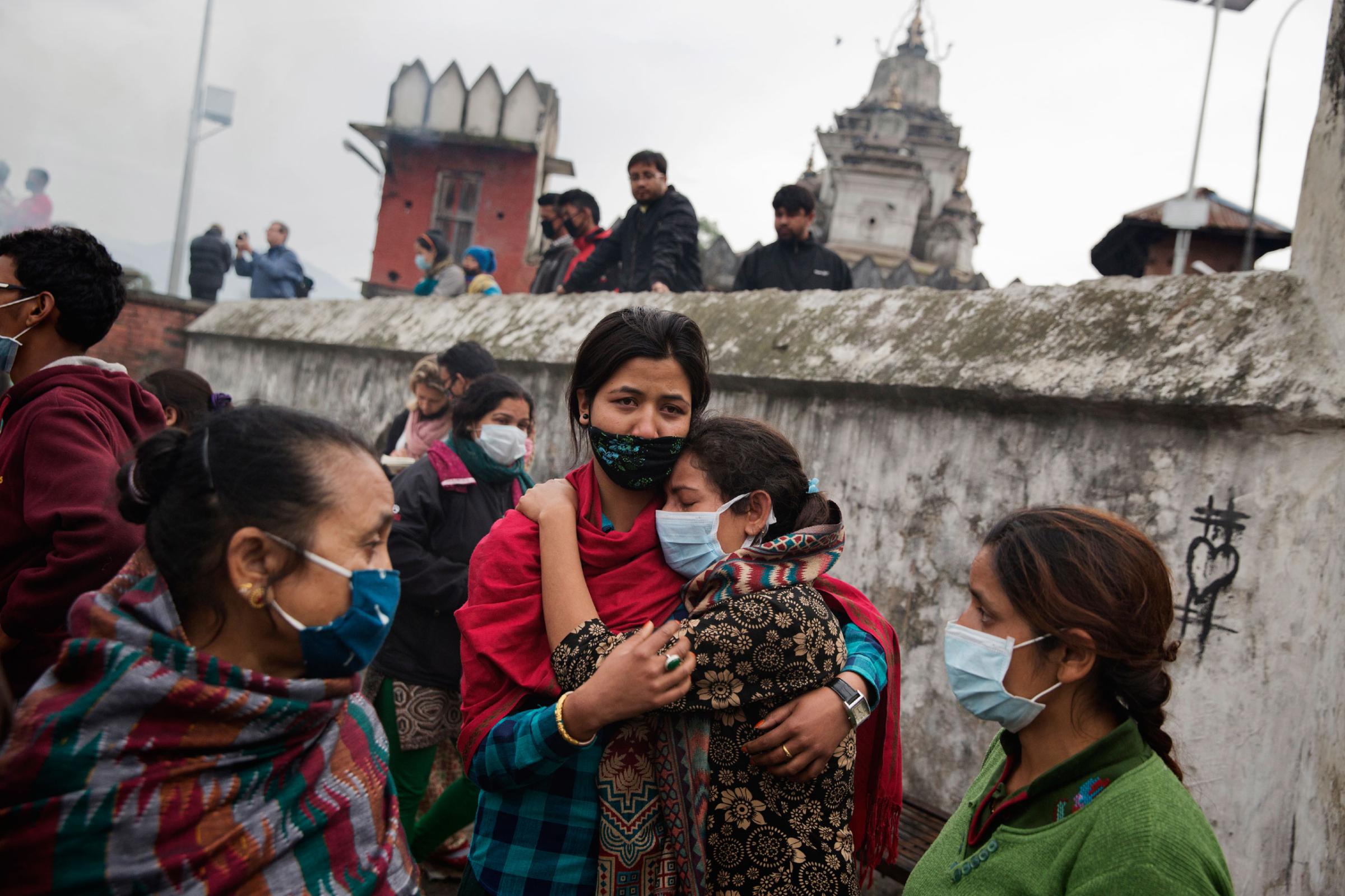
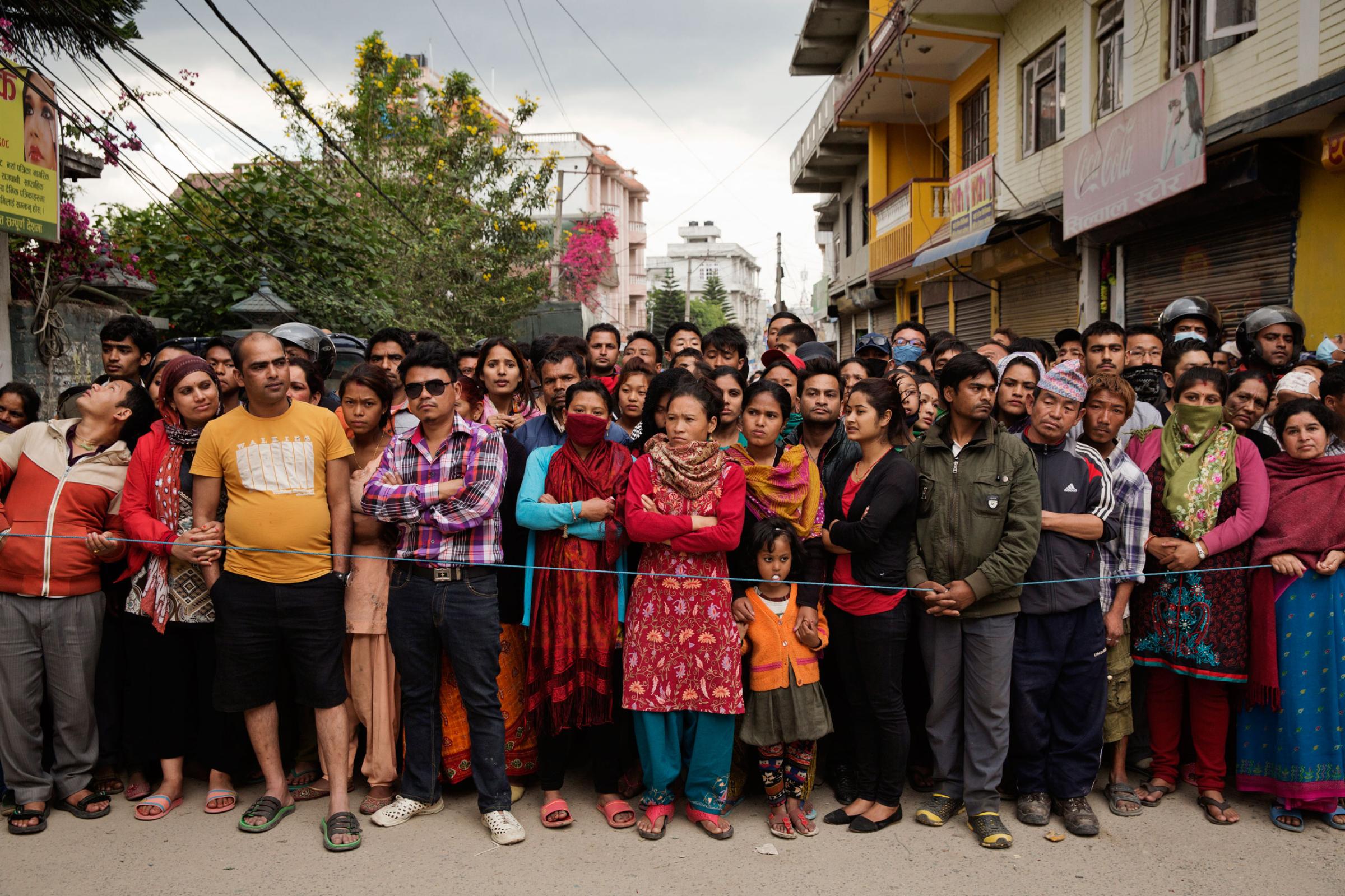
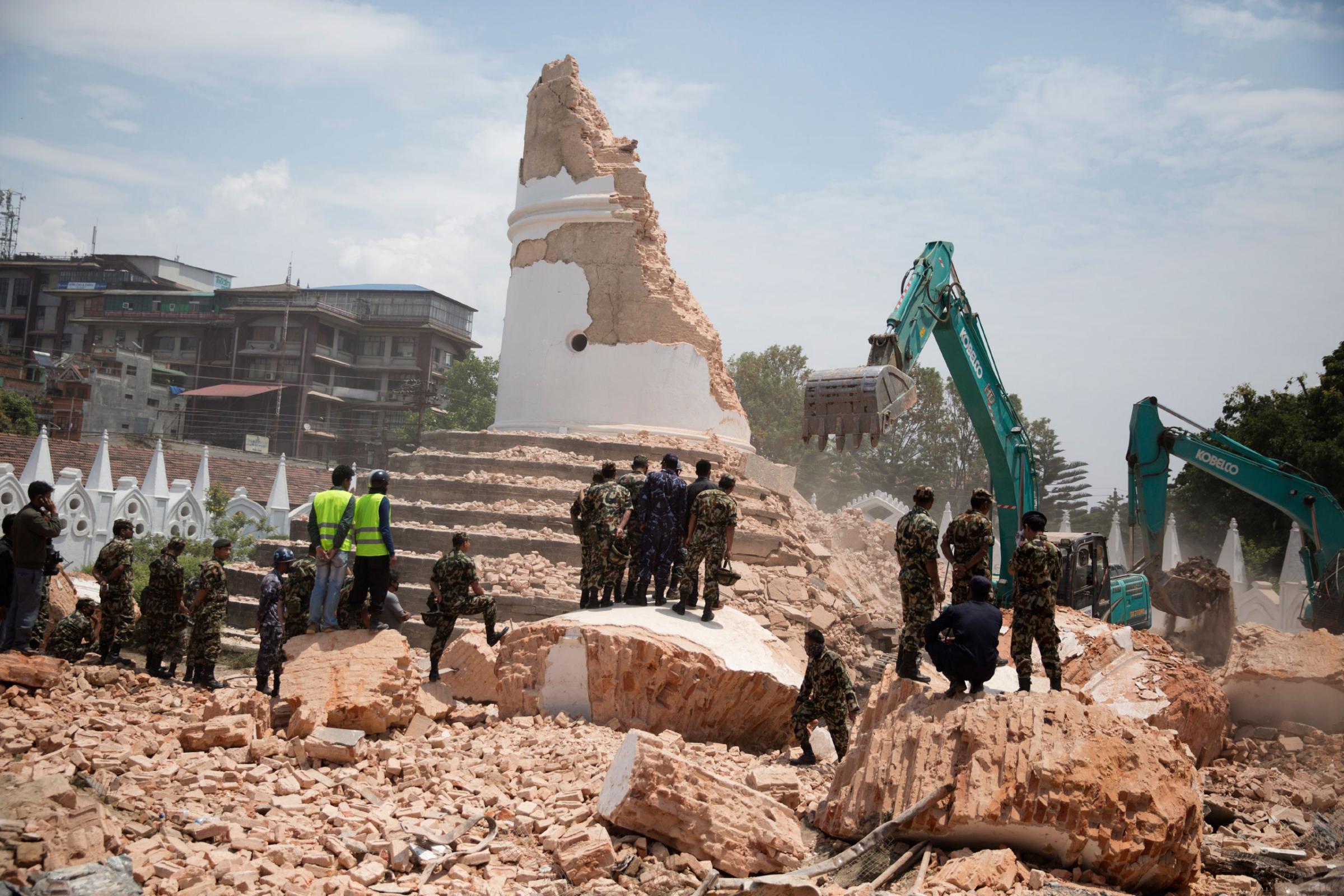
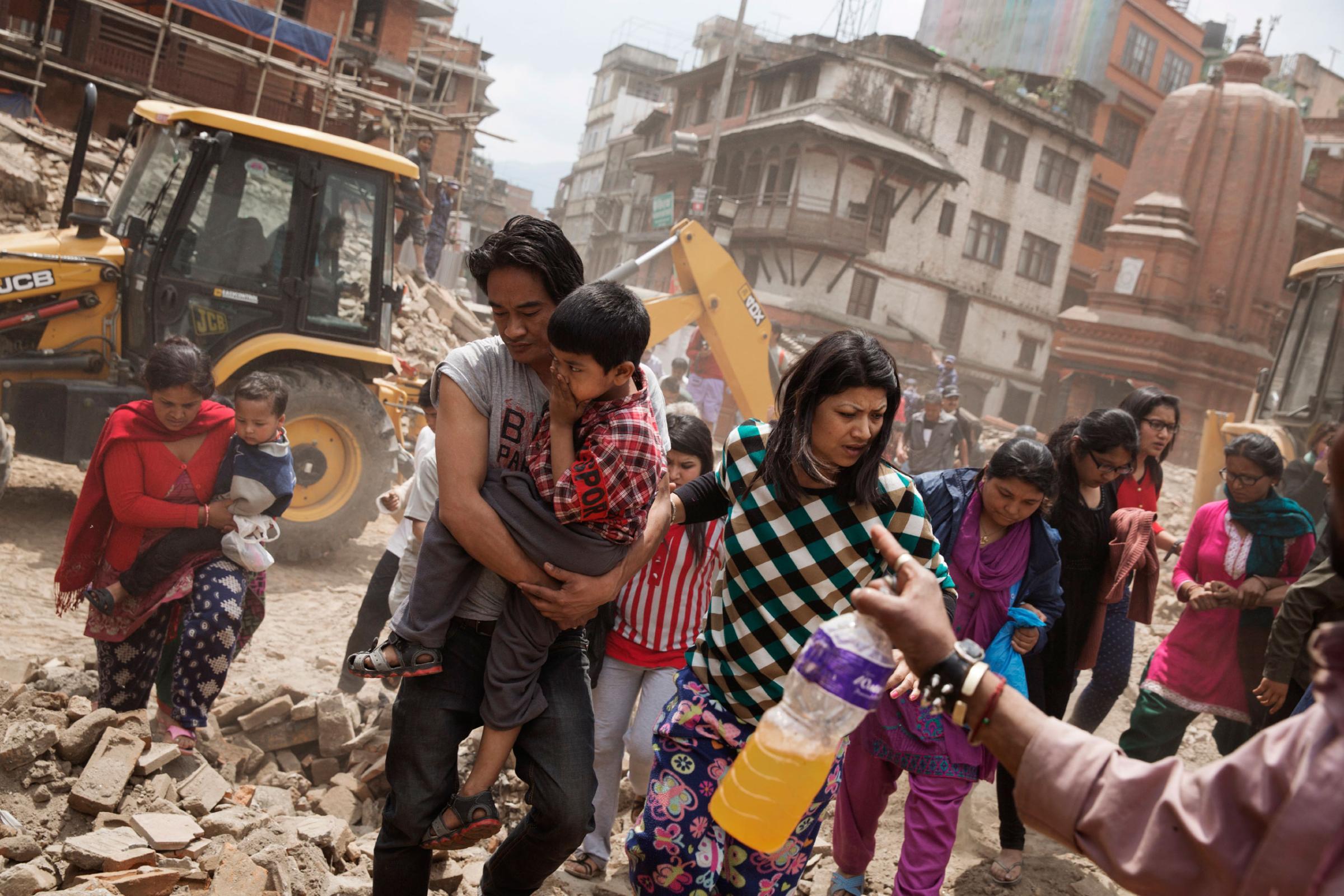
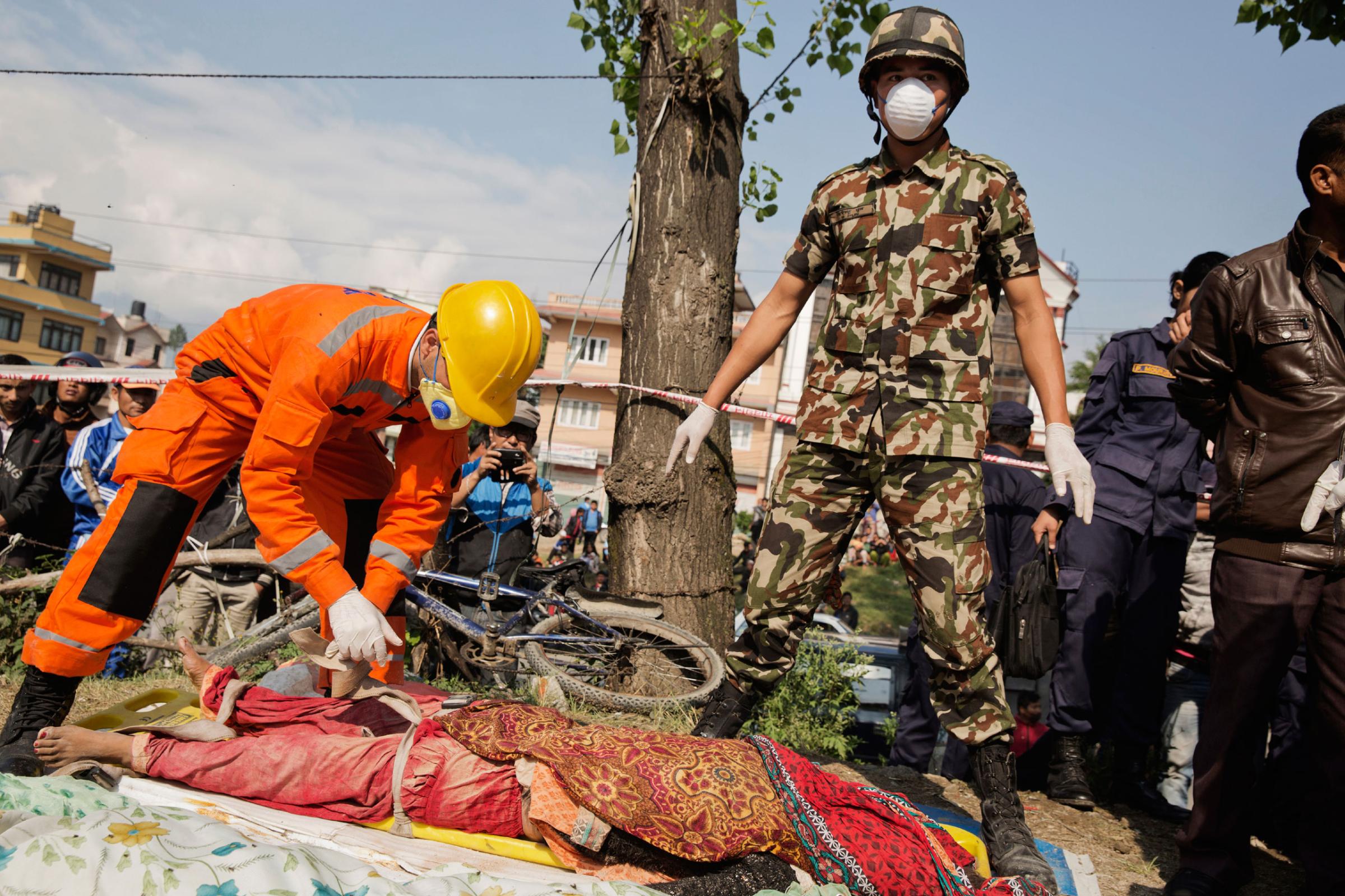
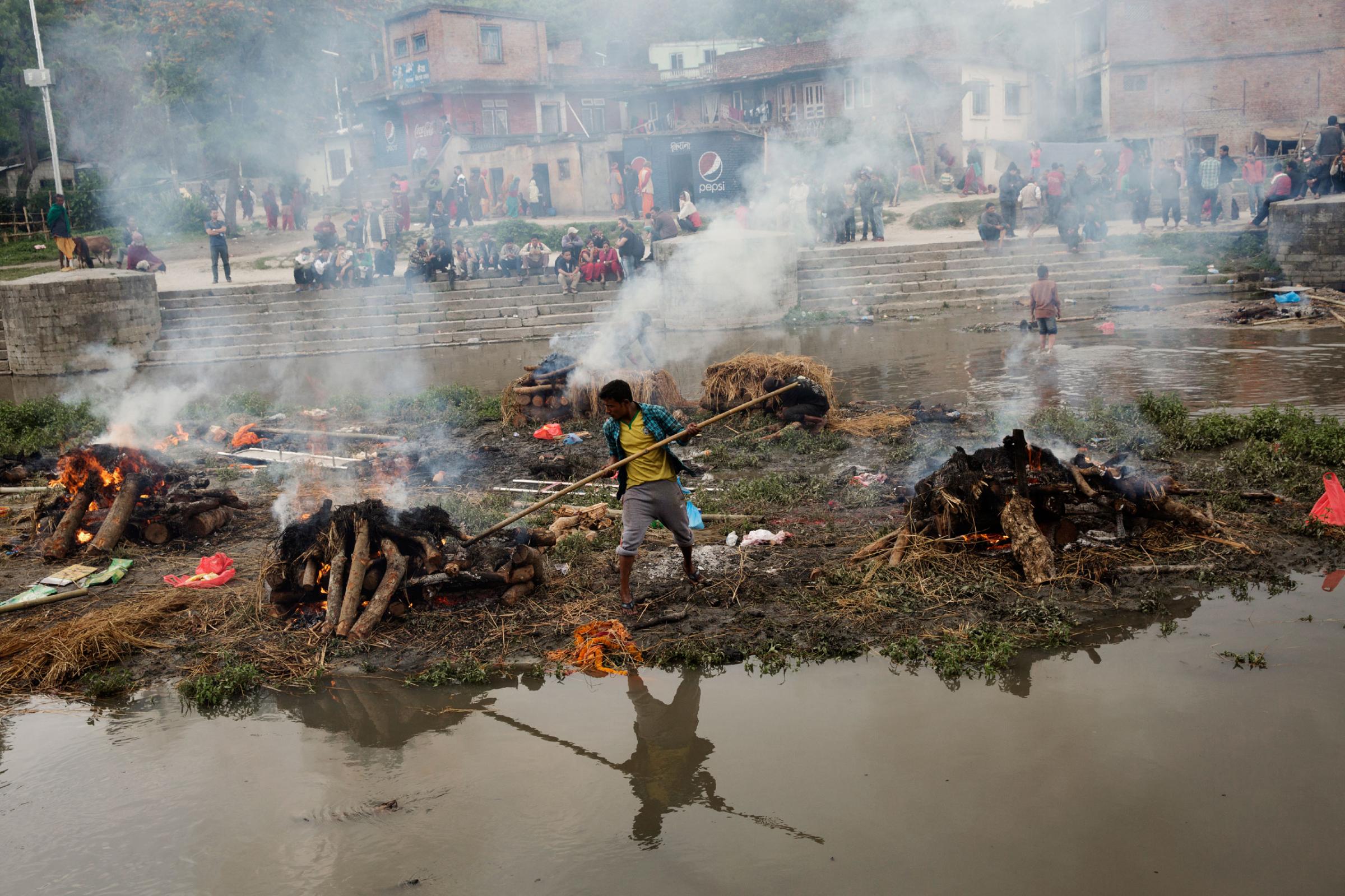
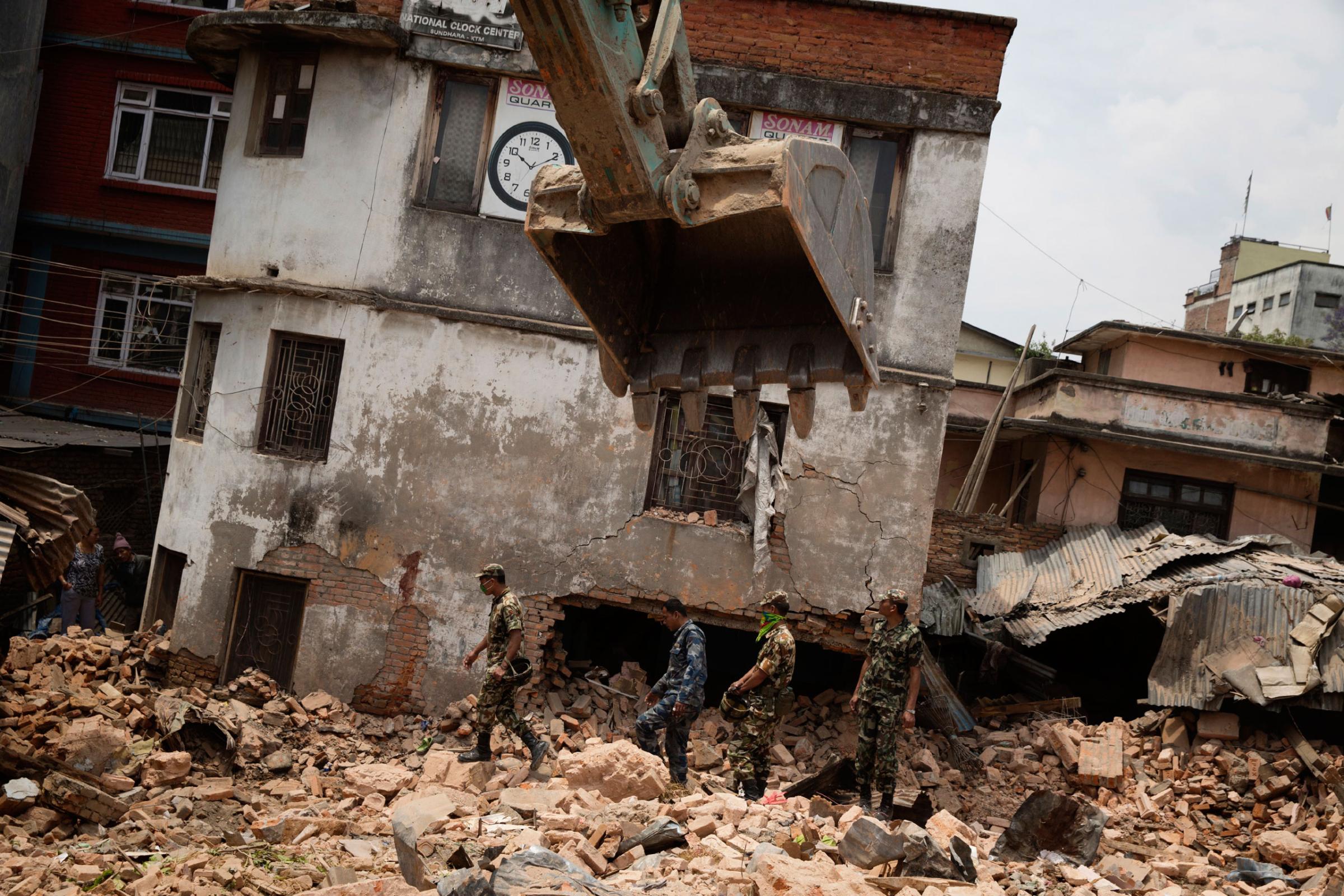
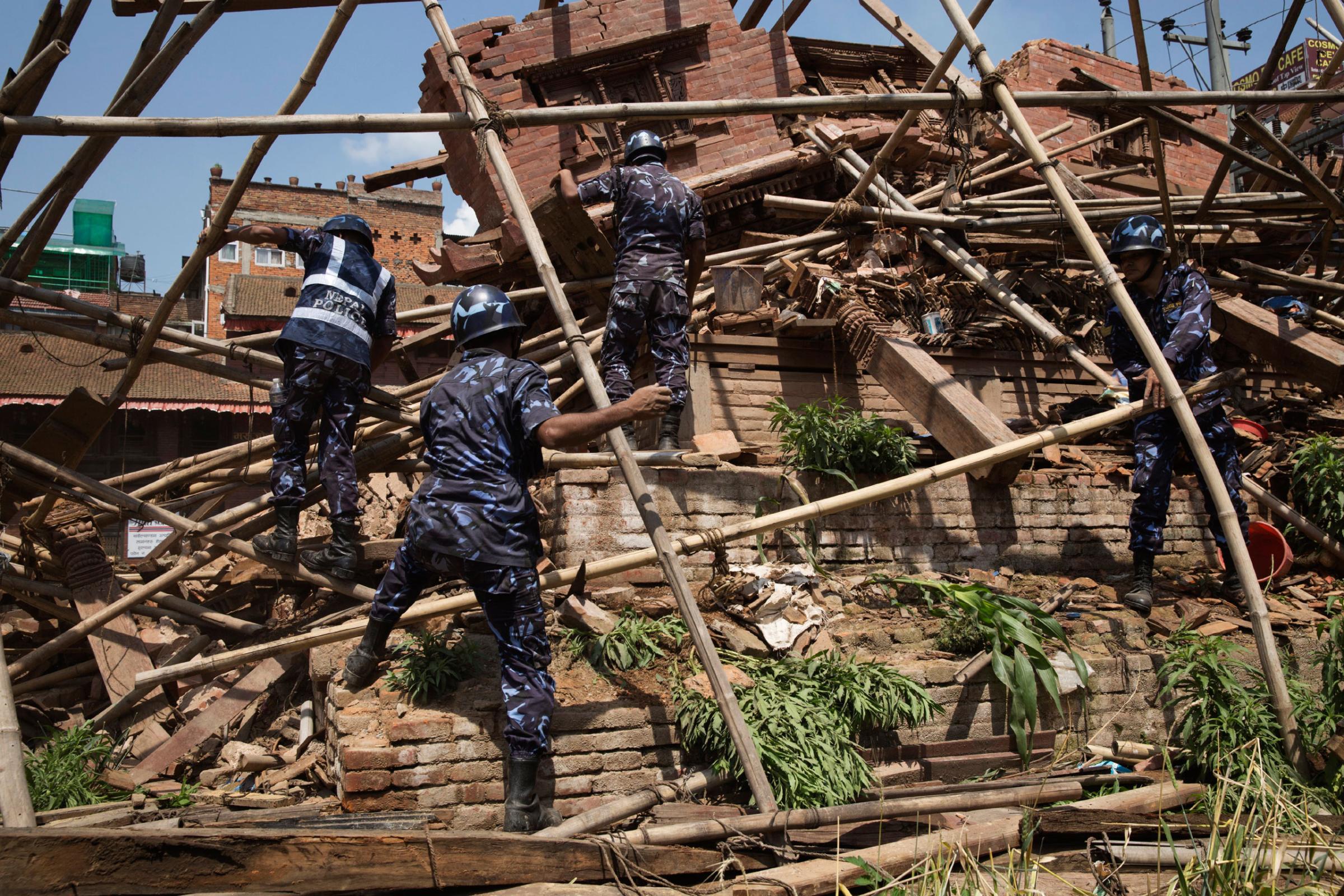
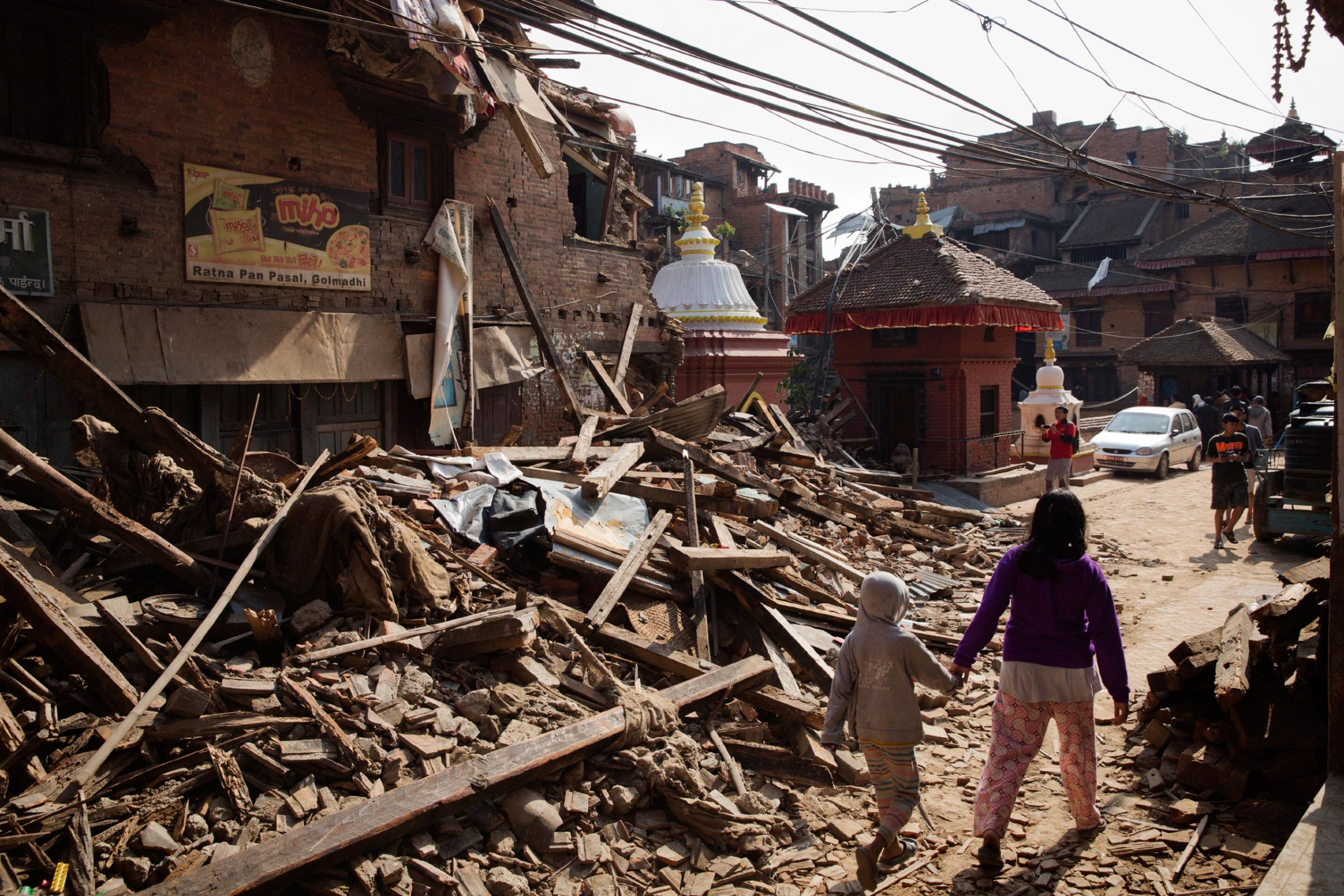
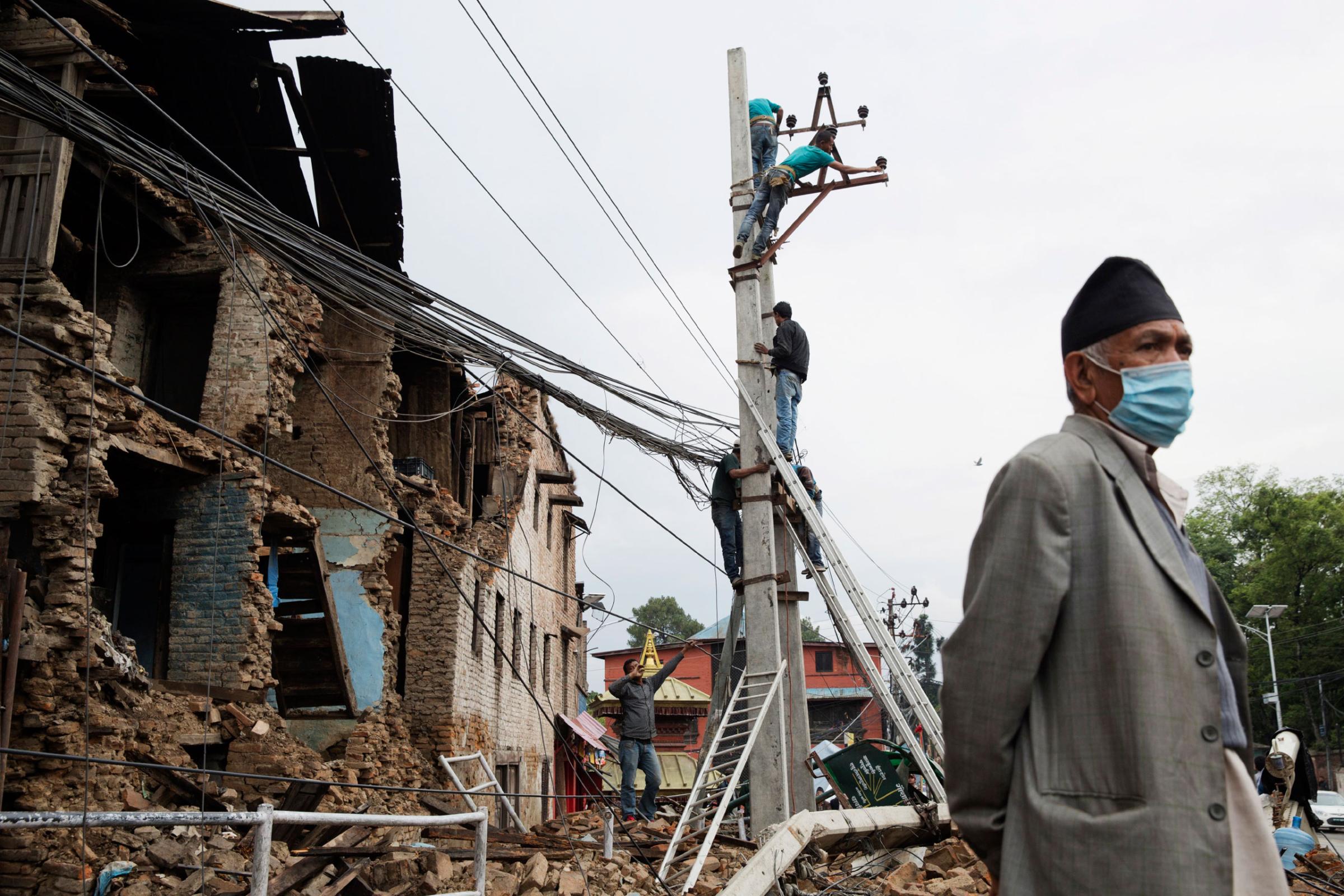
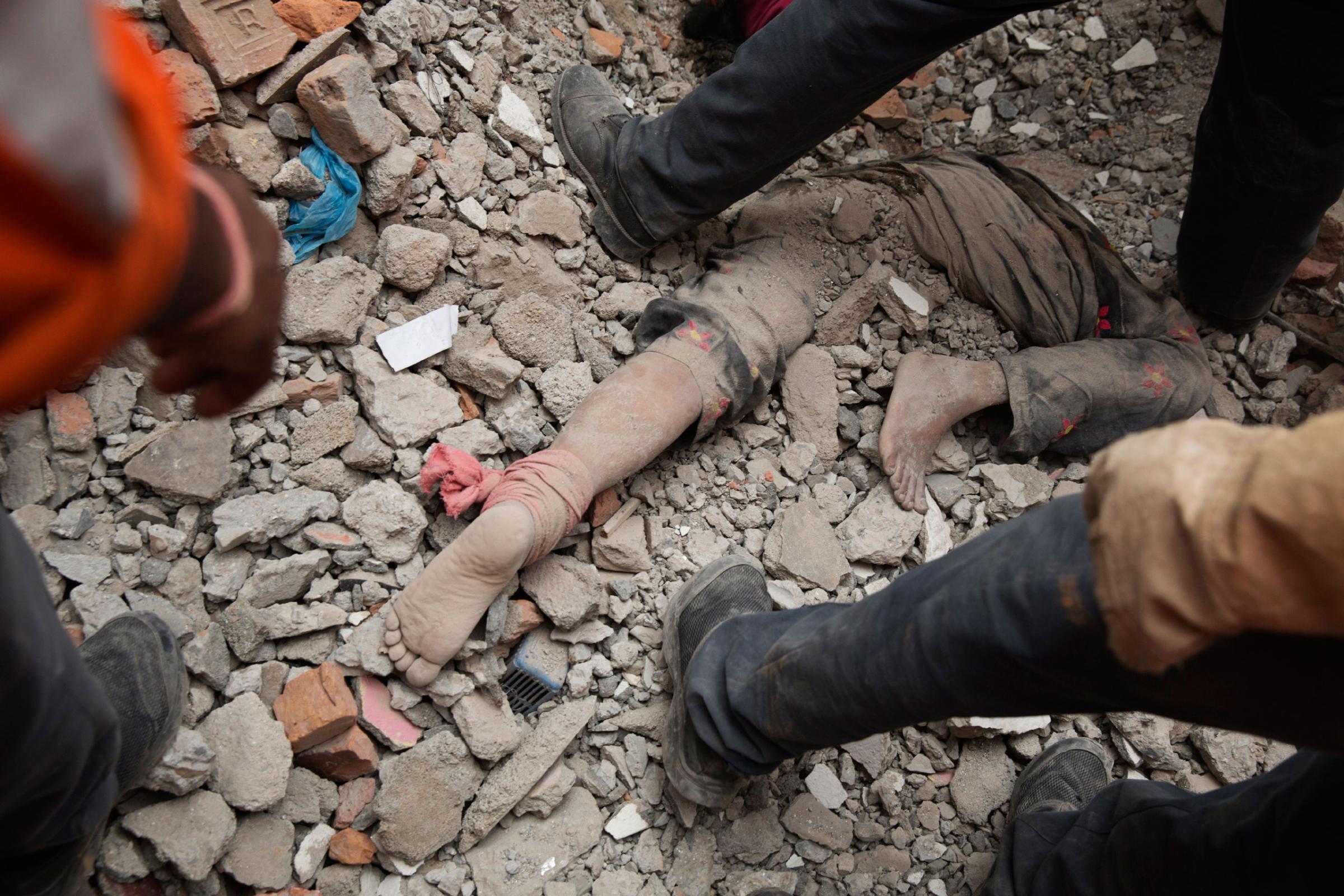
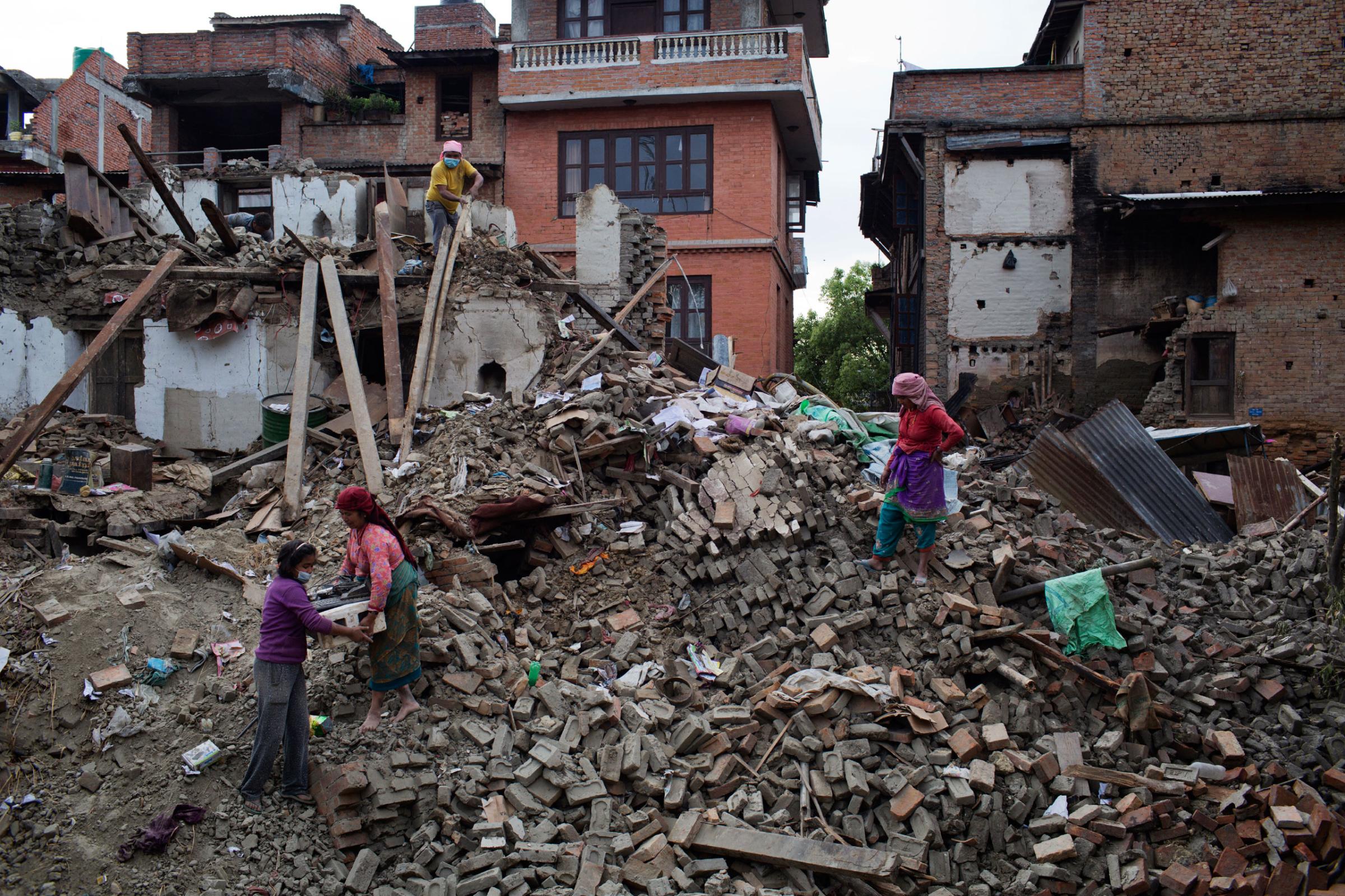
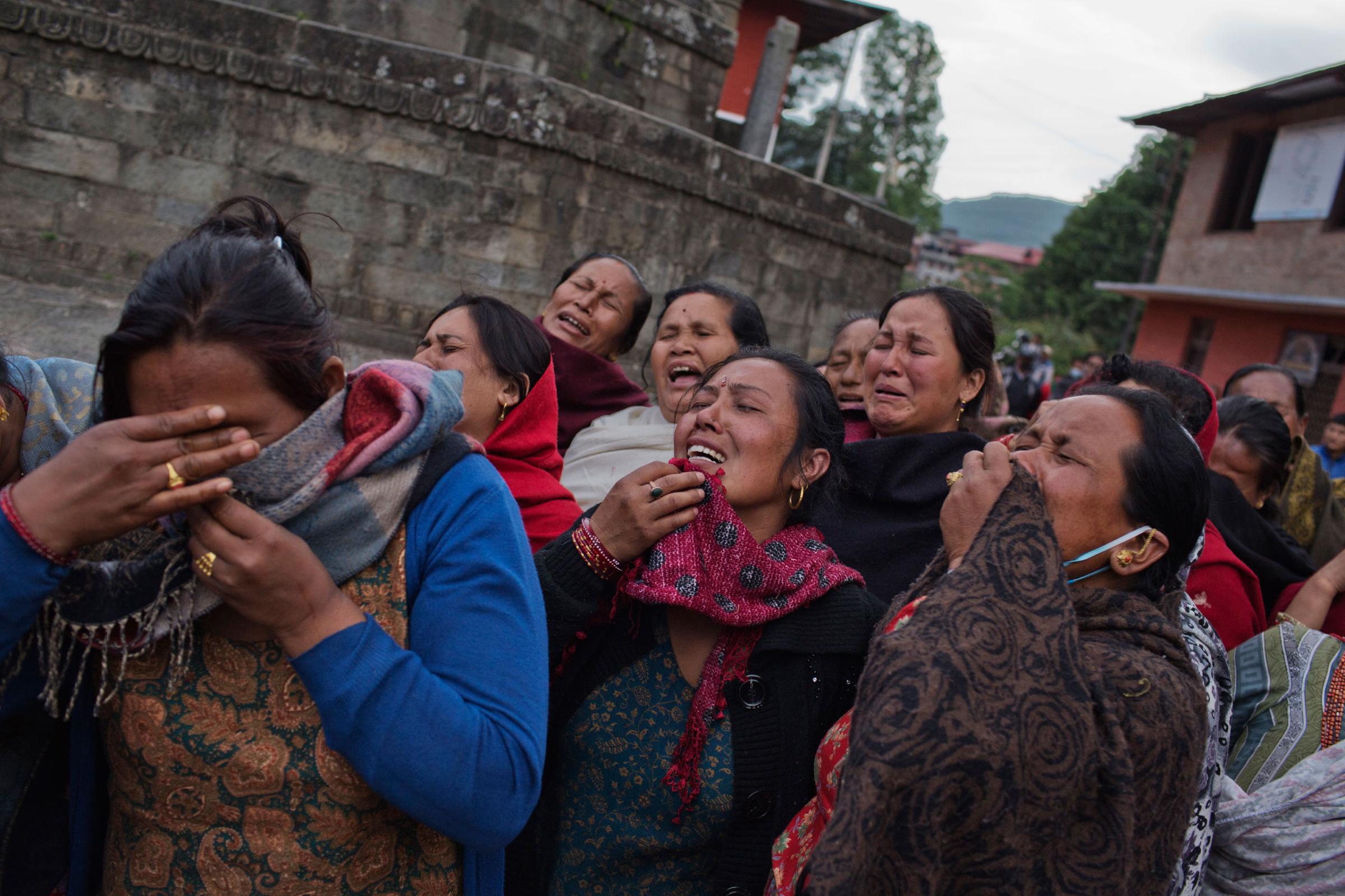
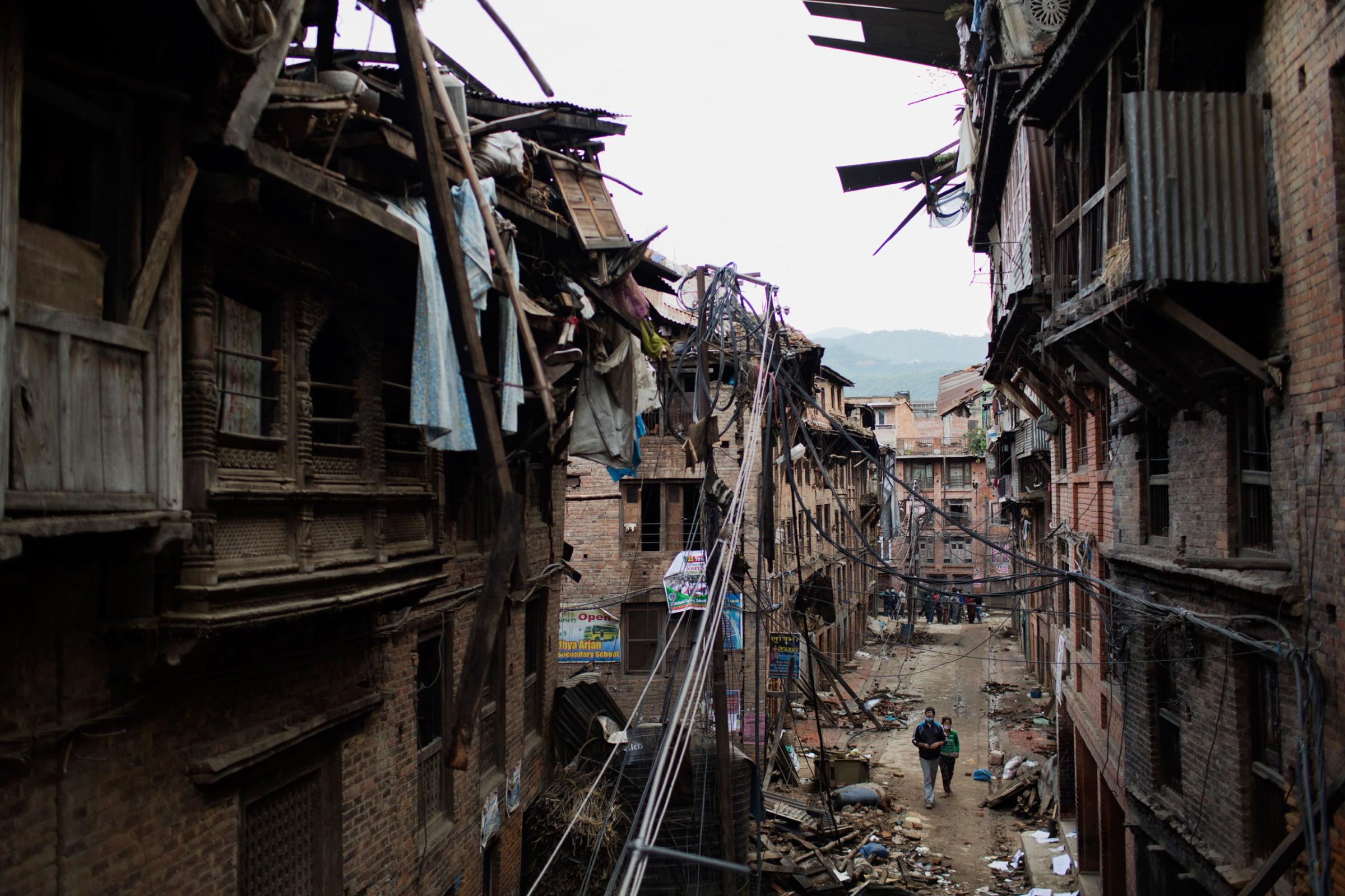
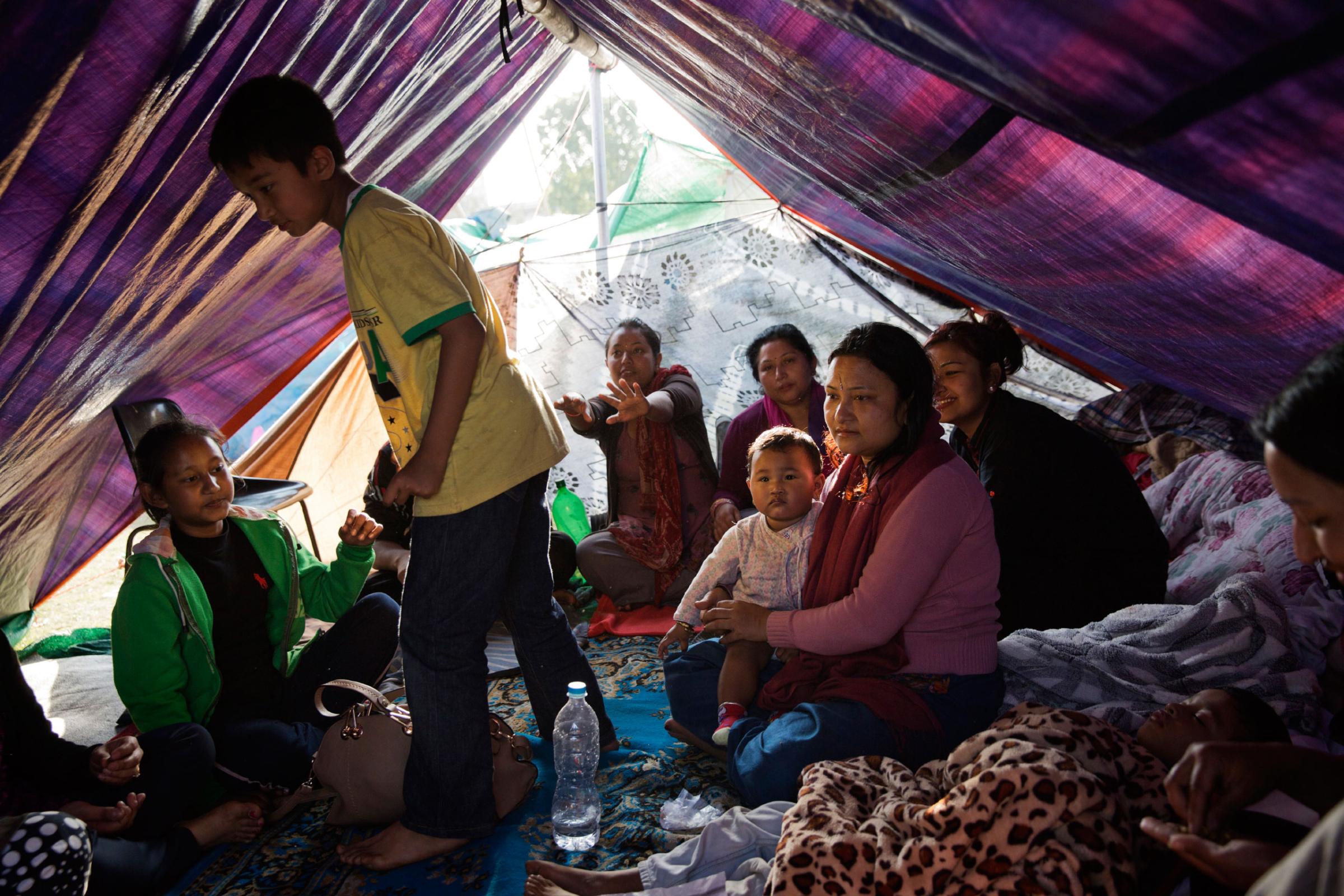
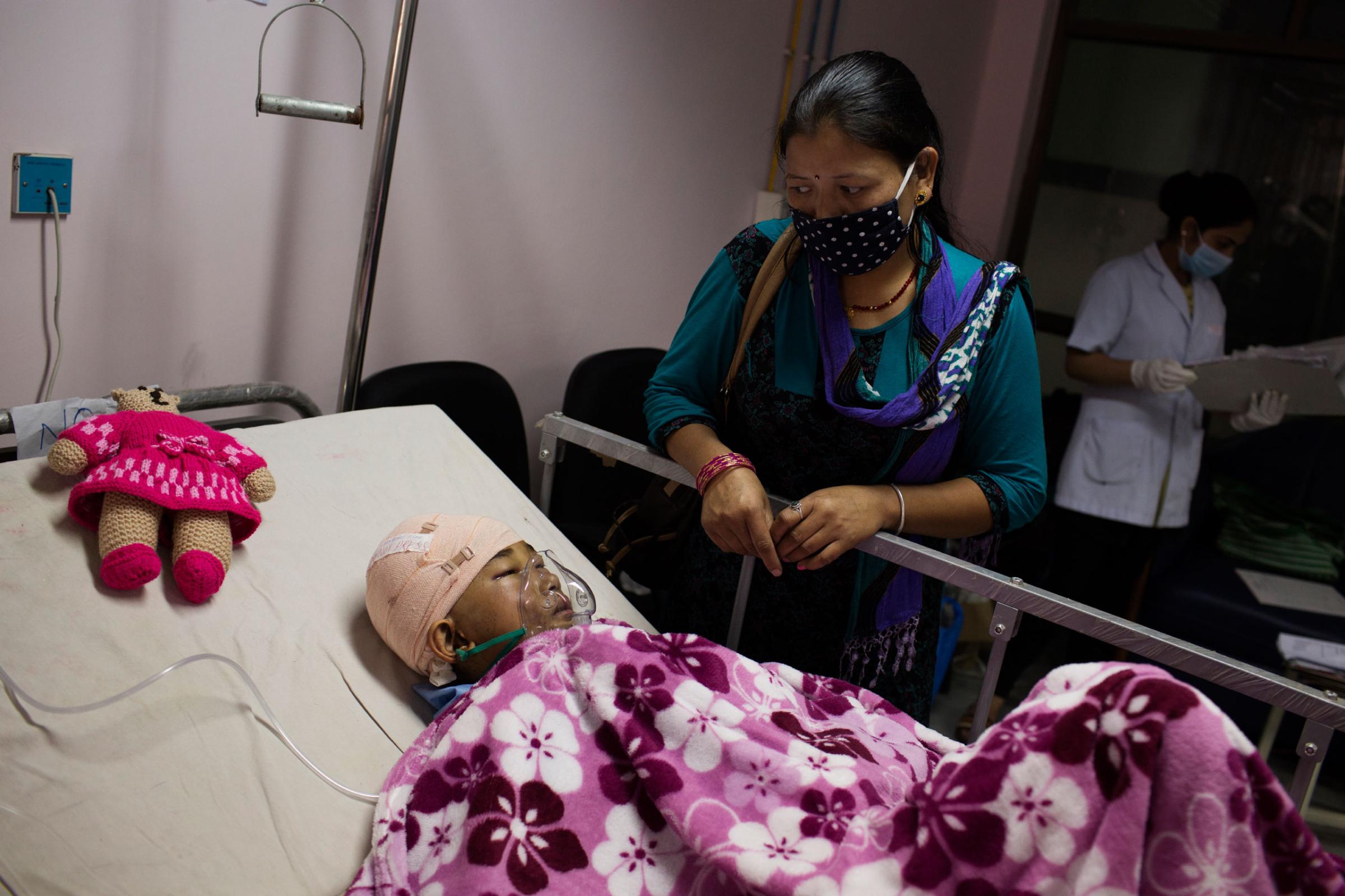
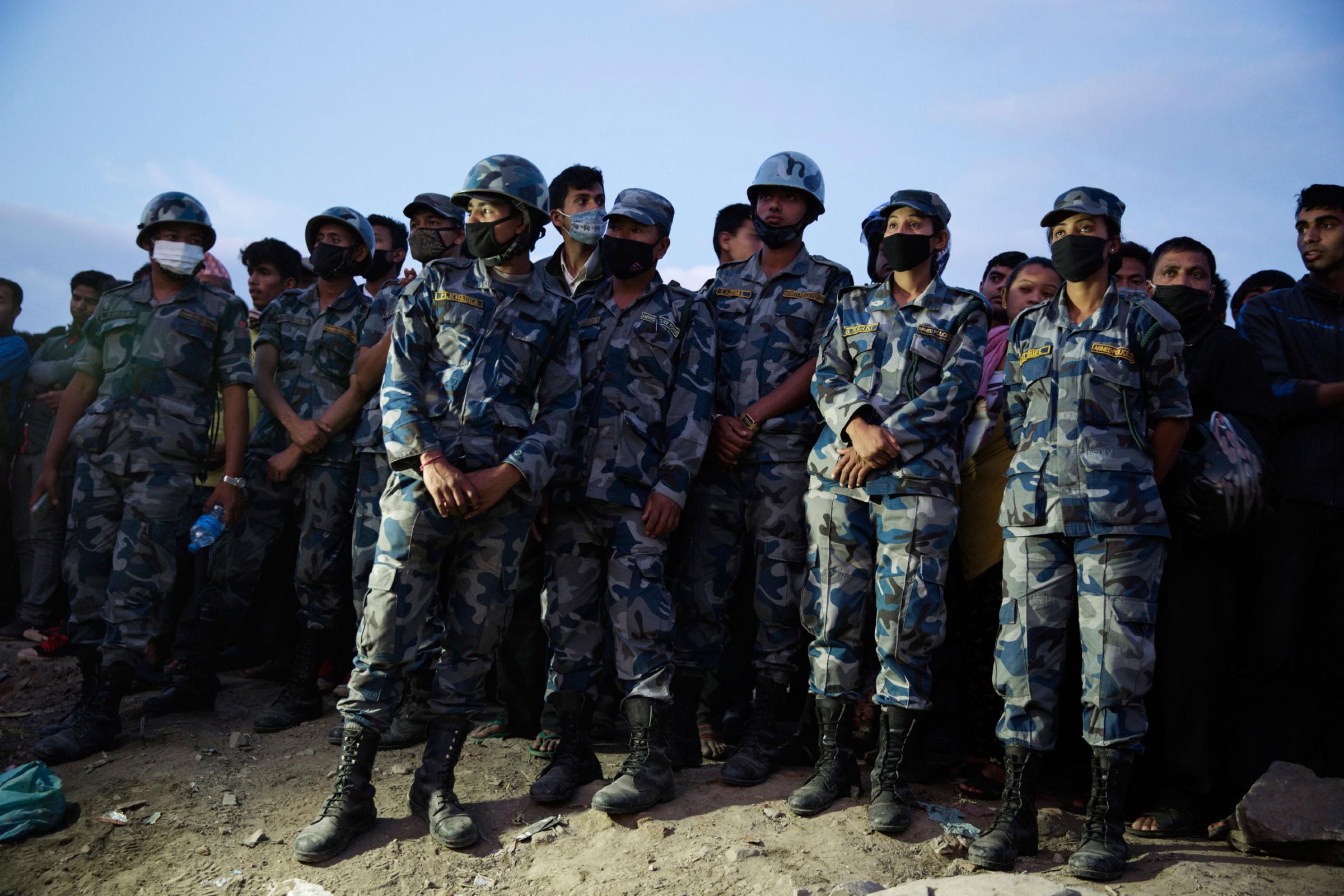
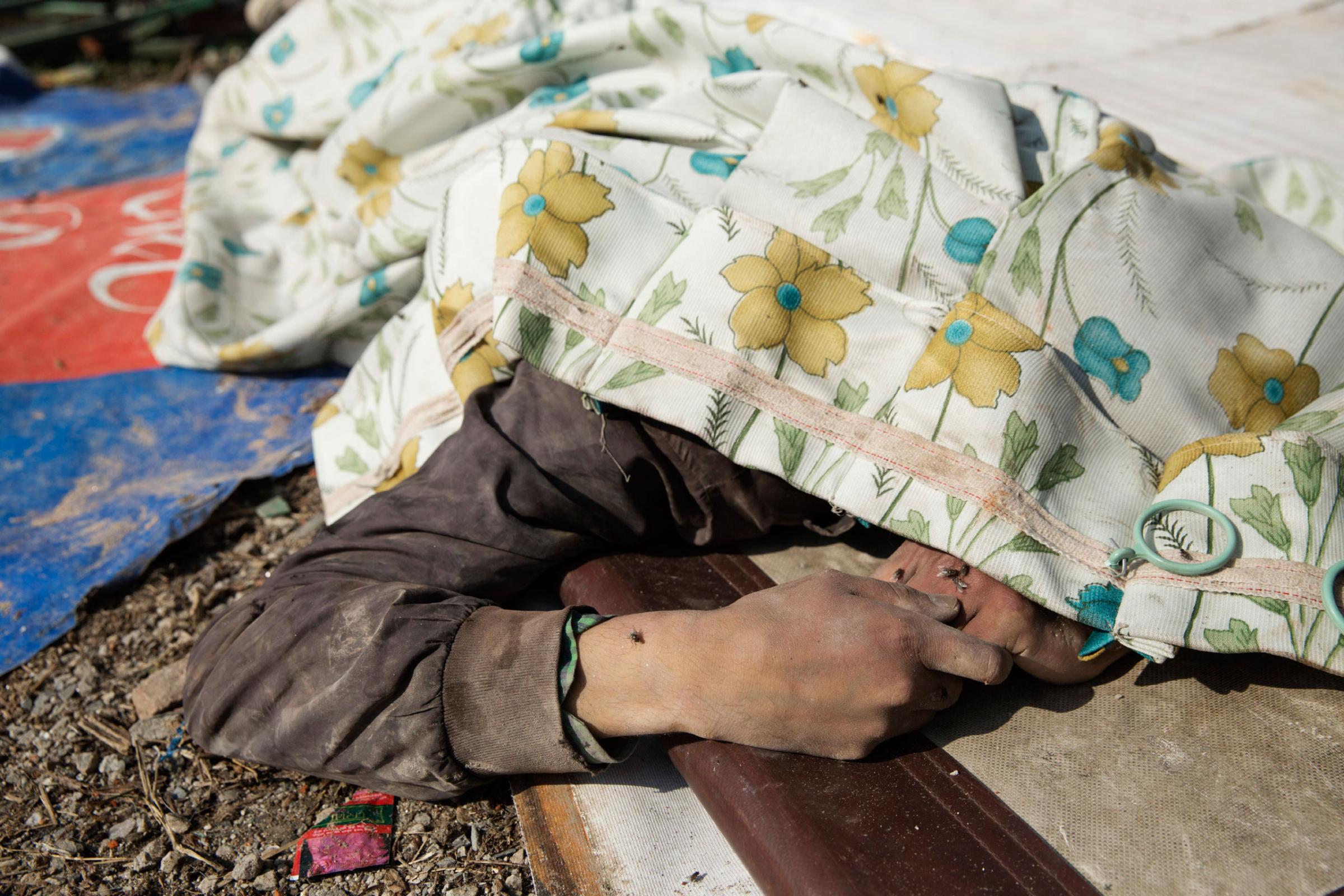
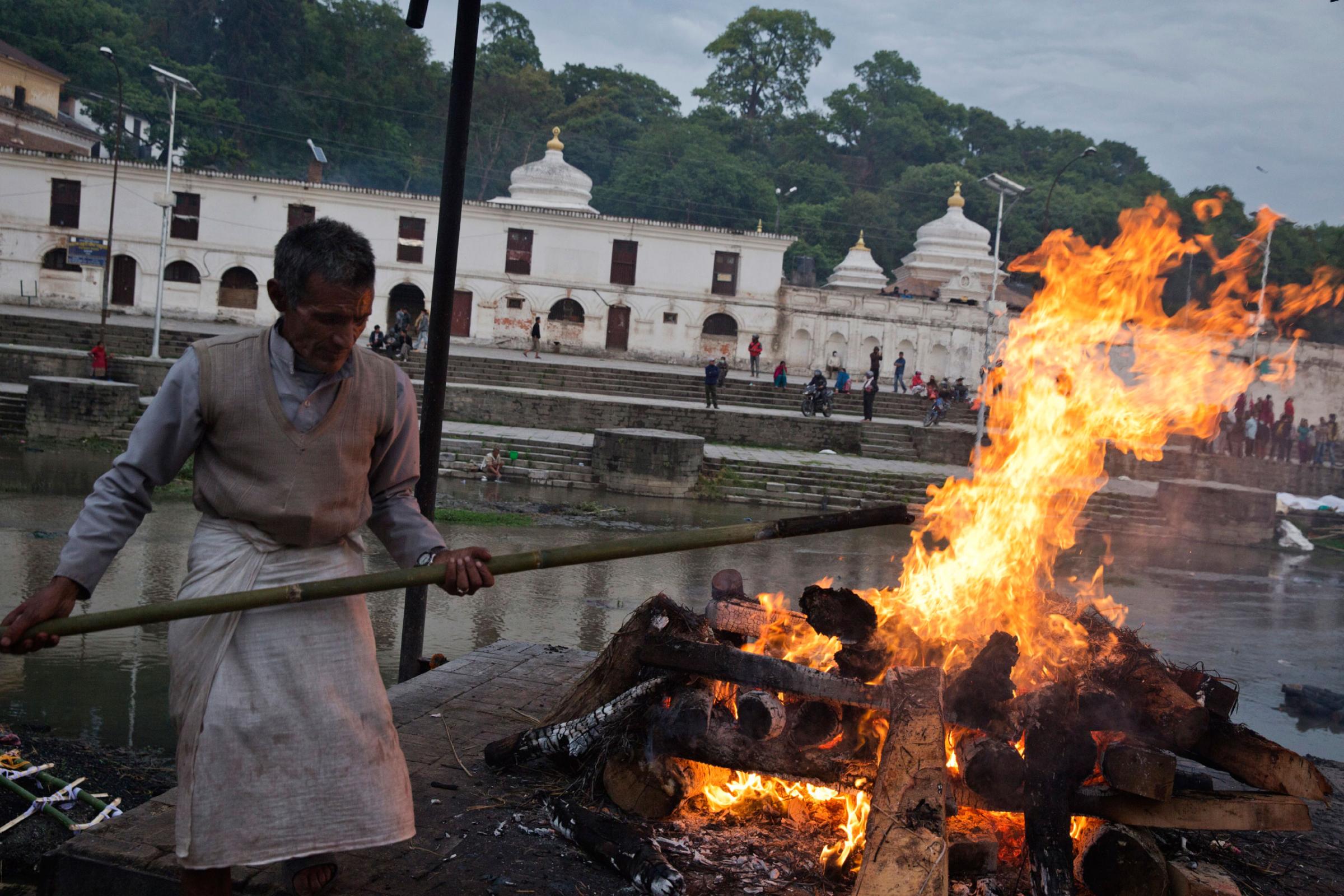
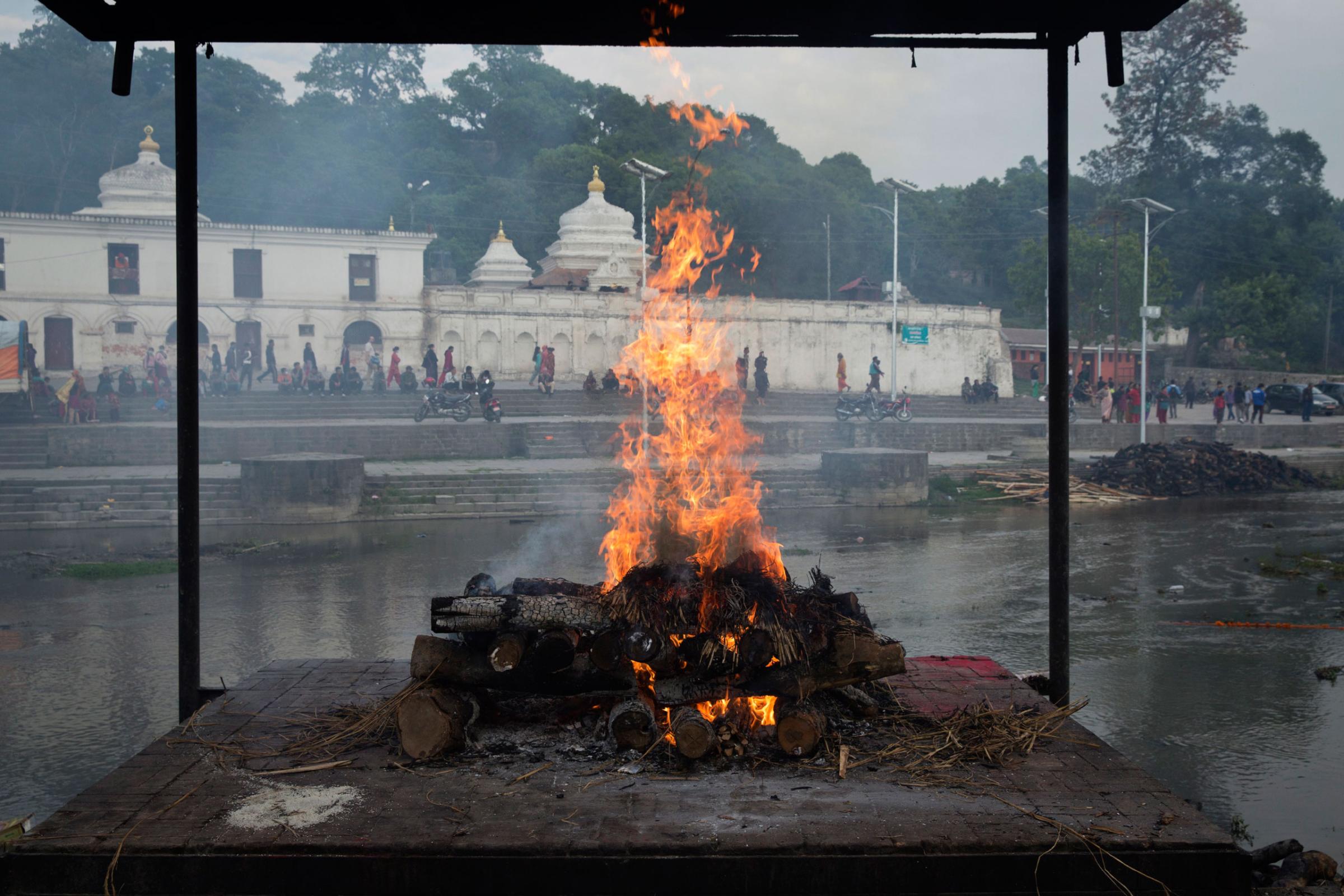
More Must-Reads from TIME
- Donald Trump Is TIME's 2024 Person of the Year
- TIME’s Top 10 Photos of 2024
- Why Gen Z Is Drinking Less
- The Best Movies About Cooking
- Why Is Anxiety Worse at Night?
- A Head-to-Toe Guide to Treating Dry Skin
- Why Street Cats Are Taking Over Urban Neighborhoods
- Column: Jimmy Carter’s Global Legacy Was Moral Clarity
Write to Rishi Iyengar at rishi.iyengar@timeasia.com